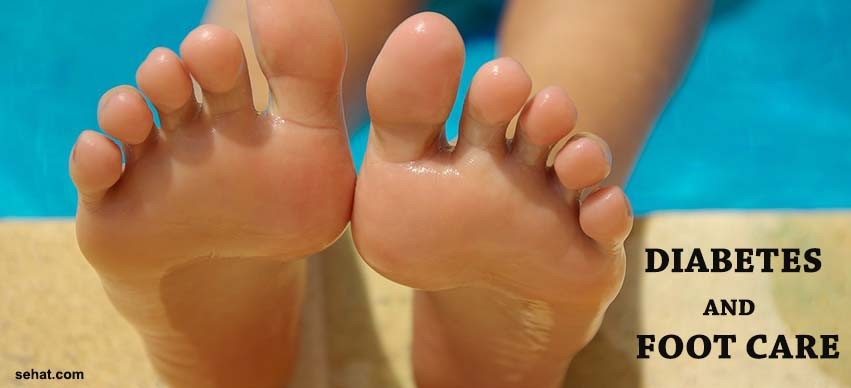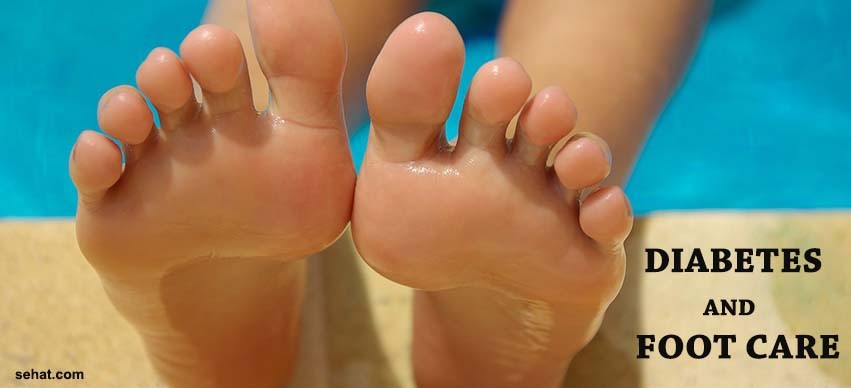What Comprehensive Oral Care Really Looks Like in Modern Den..
11 Min Read


After years of living with diabetes, the risks of long-term complications from the disease increase. These complications include peripheral neuropathy – a loss of nerve function in the legs and feet – and peripheral vascular disease – impaired circulation in the legs and feet.
Nerve damage from diabetes can cause numbness or insensitivity in your feet. You may not feel a cut, a blister or a sore. These foot injuries may cause ulcers and infections. Serious cases may even lead to amputation. Damage to the blood vessels can also mean that your feet do not get enough blood and oxygen. It becomes harder for your foot to heal, if you do get a sore or infection.
Foot care amongst diabetics is incredibly essential. If you are a diabetic, you should be particularly alert to any problems you may be having with your feet. It is very important for diabetics with neuropathy to take necessary precautions to prevent injury and keep their feet healthy that include:
You may have foot problems that you are not aware of. Check your feet for cuts, sores, red spots, swelling, or infected toenails. Use a magnifying hand mirror to look at the bottom of your feet. Consult your doctor immediately if a cut, sore, or bruise on your foot does not heal after one day.
Don’t soak your feet. Wash them well with mild soap and warm water every day. Dry them very well, between your toes. Use talcum powder to keep the skin dry between the toes.
Use lotion on your feet, but not between the toes which might cause infection.
Do not walk barefoot, not even indoors. It is extremely easy to step on something and hurt your feet. Be sure to choose seamless socks that are made of materials that wick moisture away from your feet and absorb shock and shear. Socks made of these materials help keep your feet dry. Always check the insides of your shoes before putting them on. Make sure the lining is smooth and check for any foreign objects in the shoe, that might hurt your foot. Wear shoes that fit well.
Put your feet up when you are sitting. Wiggle your toes for 5 minutes, 2 or 3 times a day. Move your ankles up and down and in and out to improve blood flow in your feet and legs. Do not cross your legs for long periods of time.
Regular exercise will improve bone and joint health in your feet and legs, improve circulation to your legs, and will also help to stabilize your blood sugar levels. Choose an exercise that has minimal impact on your feet like walking, swimming or bicycling.
These problems should be managed professionally by your Podiatrist. Diabetic foot care requires regular podiatry visits.
One of the biggest threats to your feet is smoking. Smoking affects small blood vessels. It can cause decreased blood flow to the feet and make wounds heal slowly. A lot of people with diabetes who need amputations are smokers.